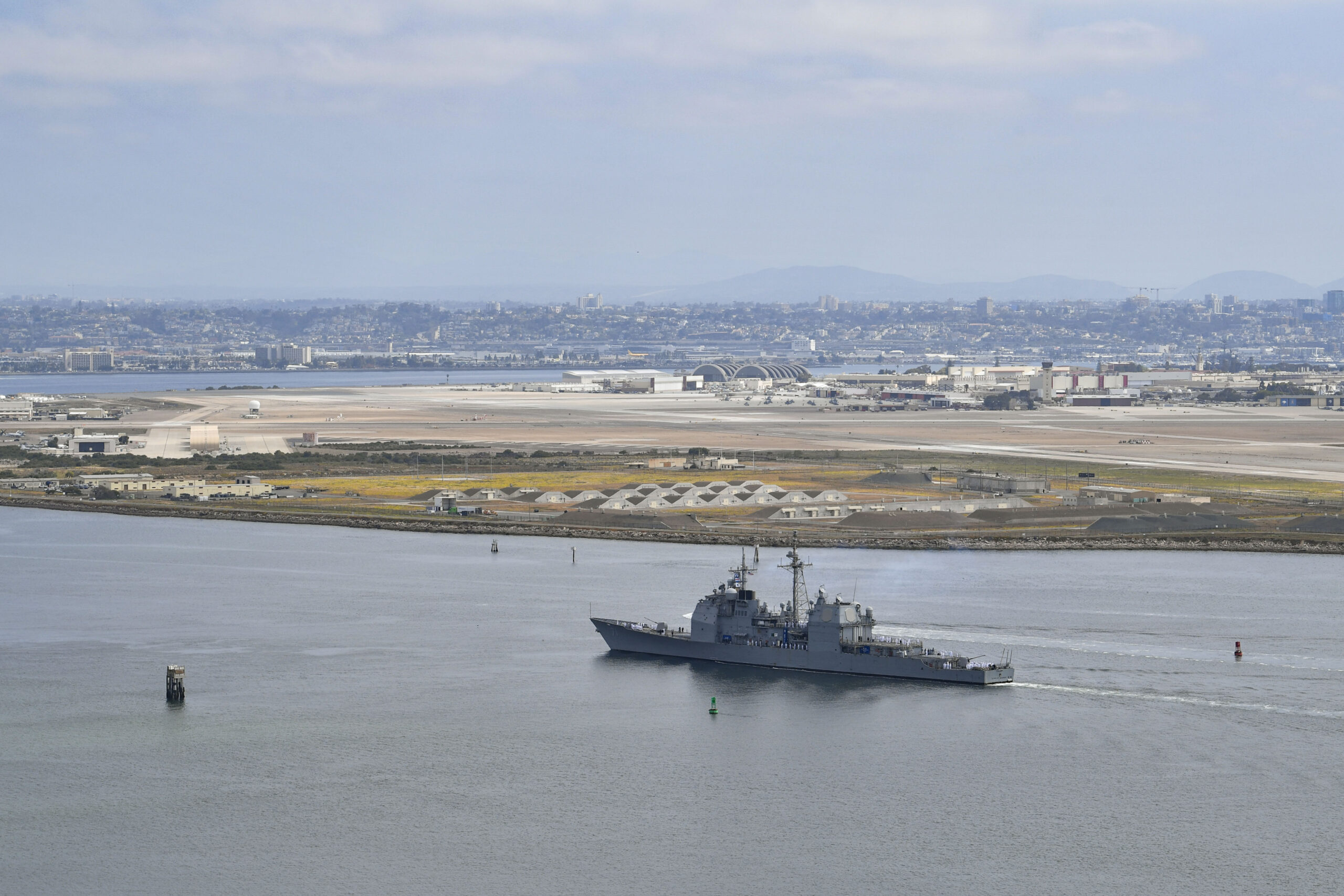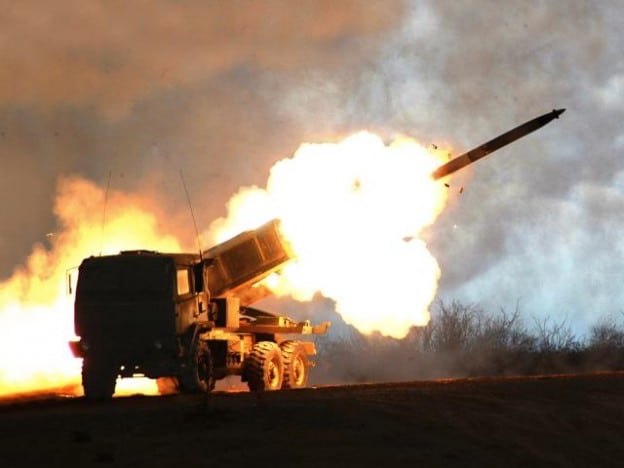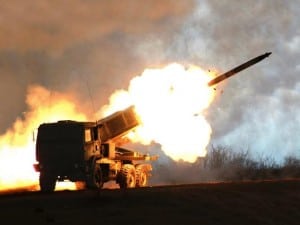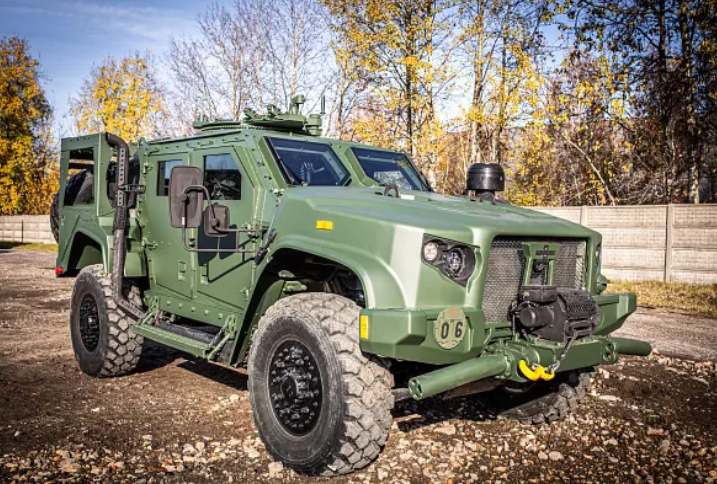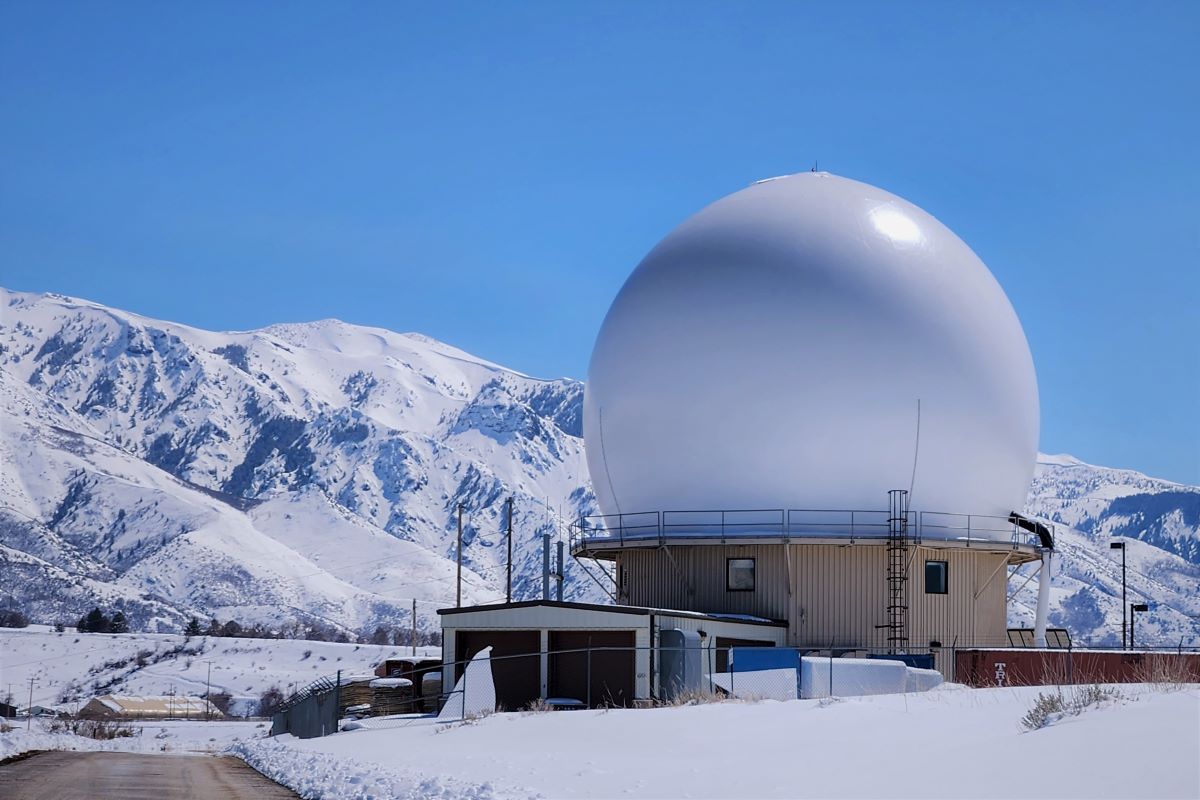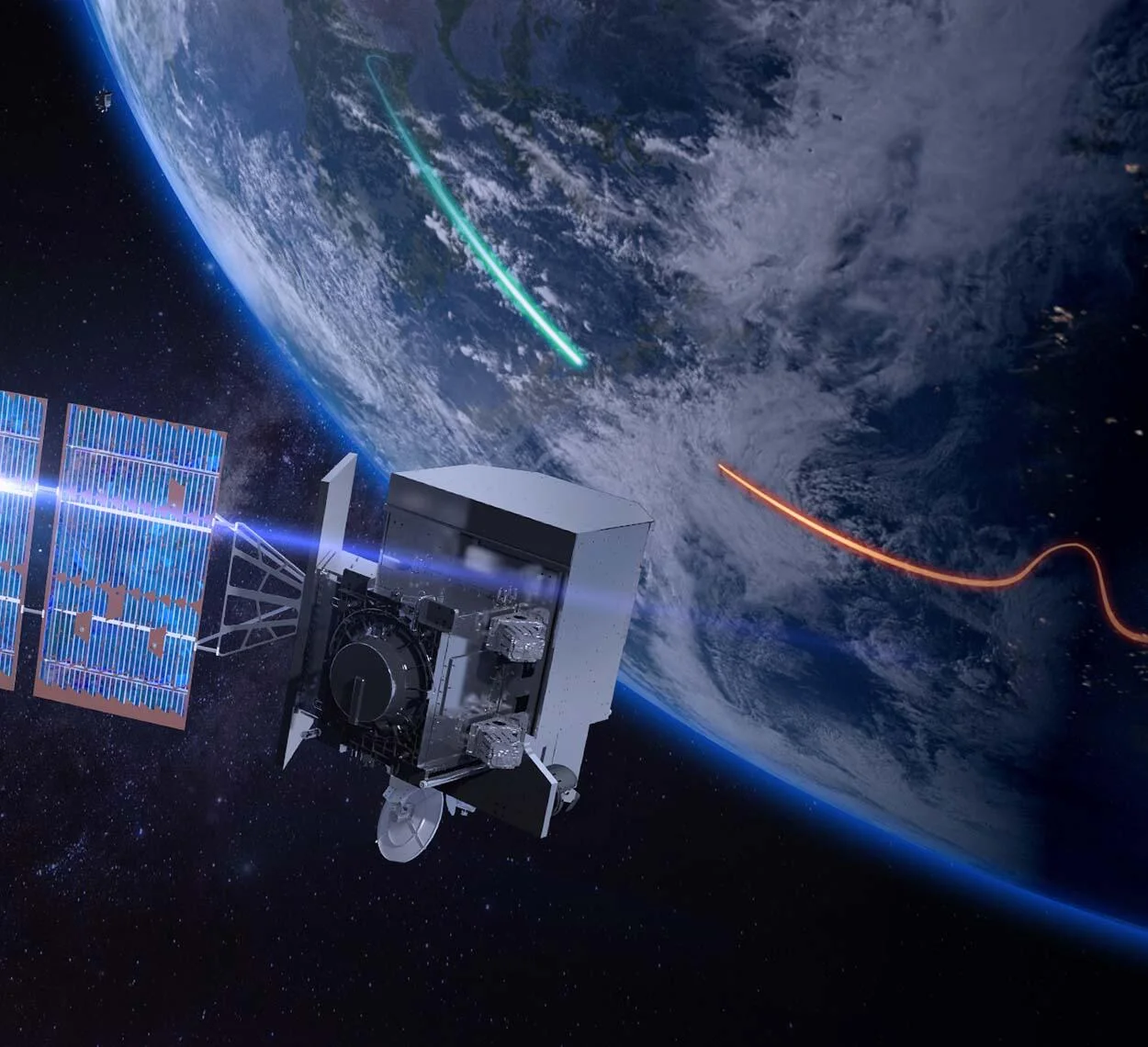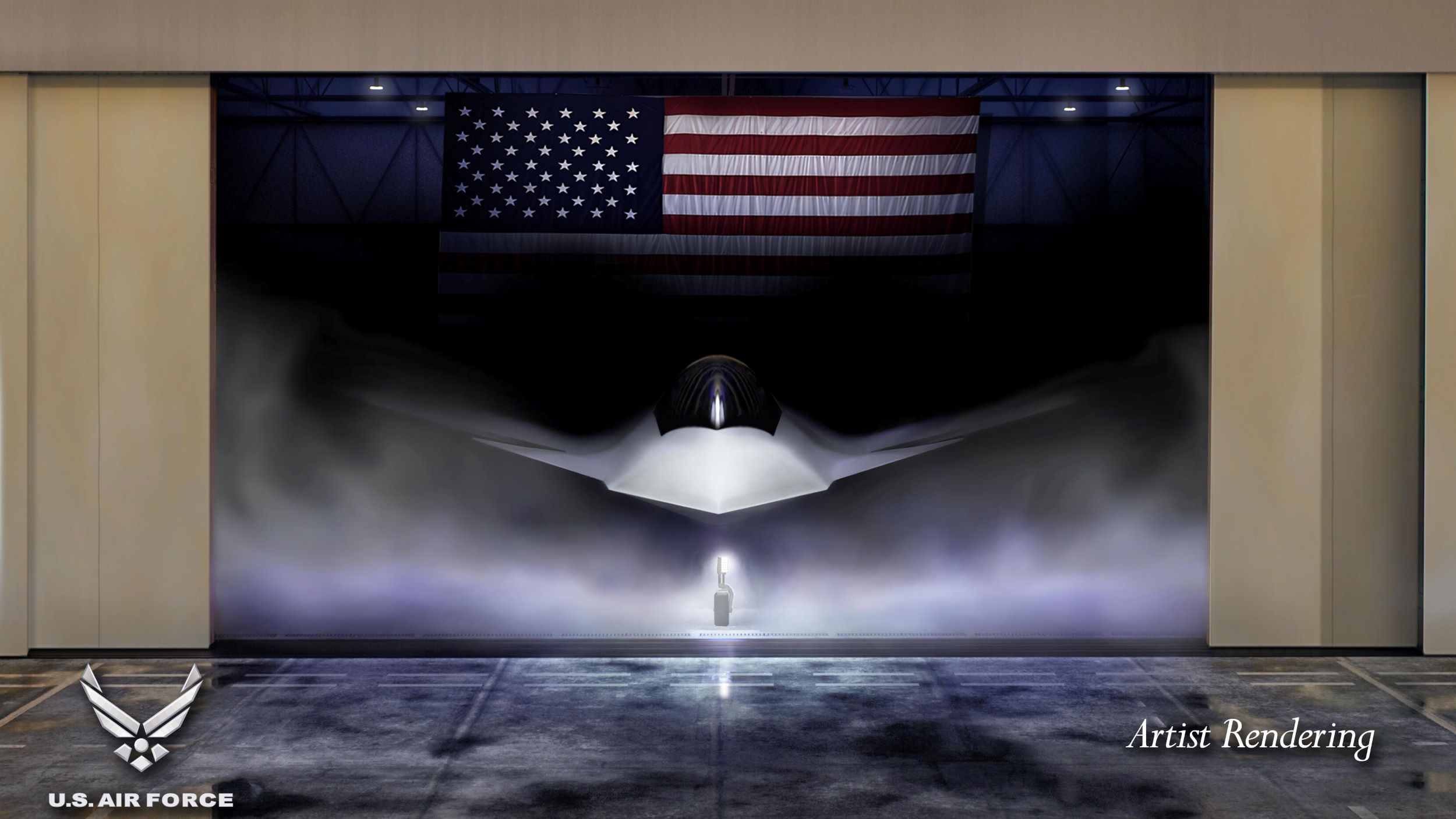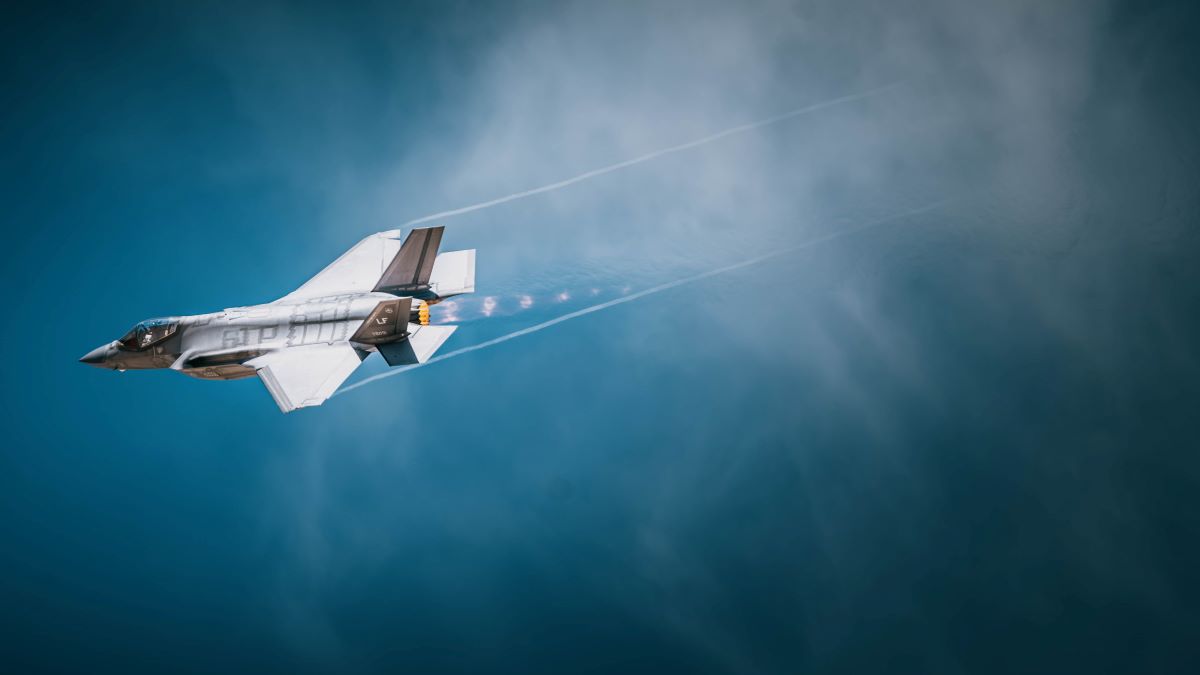The Ticonderoga-class guided-missile cruiser USS Cape St. George
(CG-71) recently arrived at its newest homeport at Naval Base San Diego following the completion of modernization work that will help keep it operational for longer than previously planned.
CG-71 started modification in Jun 2021 at Vigor Shipyard in Seattle, Wash., which includes “extensive upgrades” to its hull, mechanical systems, engineering and combat systems. And remaining work is expected to be concluded this year before it rejoins maritime operations.
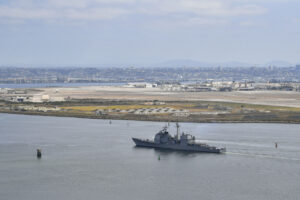
The Navy said these upgrades will keep the cruiser as one of the most technologically advanced ships in the Navy.
The Navy awarded Vigor a $225 million contract to execute the modernization work on the USS Chosin (CG-65) and CG-71 in 2019 (Defense Daily, Oct. 2, 2019).
This is the last step in a nearly-botched process to extend the lives of several cruisers via modernization and upgrades.
Last year, the Navy announced it would extend the operations of 12 Flight 1 Arleigh Burke-class destroyers and three cruisers past their planned service lives, including CG-71. This seeks to boost fleet ship numbers as shipbuilding has been slower than desired. The normal cruiser service life was originally planned to be 35 years (Defense Daily, Nov. 4, 2024).
The three cruiser extensions are meant to add 10 years of cumulative service life over FY 2026 to 2029. The other extended cruisers are the USS Gettysburg (CG-64) and Chosin (CG-65).
While the upgrade program originally aimed to add five years of service life to each ship, they will now only last until FY 2030.
When the Navy announced the cruiser extensions, the service noted the cruisers have already, or in CG-71’s case, in the midst of extensive hull mechanical and engineering plus combat systems upgrades in an extended modernization program.
Congress previously mandated the Navy modernize and extend the life of seven cruisers, but Navy program timing and cost troubles mean only those three cruisers could have their lives extended. This kind of modernization work started on CG-64 back in 2014 and is only wrapping up 11 years later.
The Navy previously planned to spend about $2.4 billion to modernize the five cruisers, but a December Government Accountability Office report found that the work had about $881 million in cost growth, a 36 percent increase. The Navy also ended up wasting $1.84 billion total on delays and two ships not having their lives extended (Defense Daily, Dec. 17, 2024)
The Navy also planned for the modernization to take about four years each, but it ended up taking three to five more years than planned.
The Cape St. George was originally commissioned in 1993, with a name commemorating a 1943 World War II battle flight in the South Pacific off the island of New Ireland in the Bismark Archipelago.
